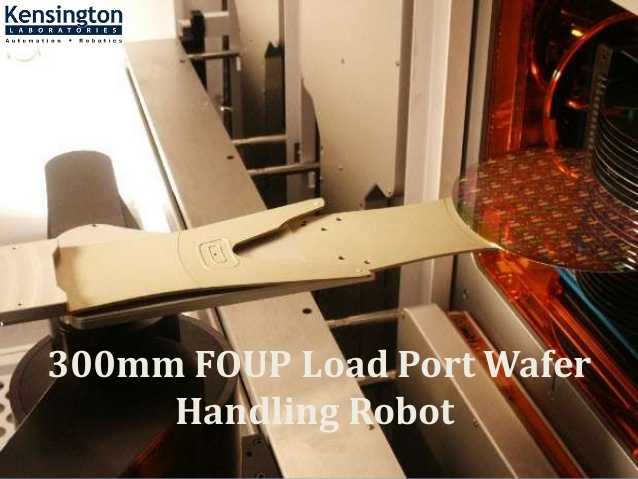Wafer Handling Robots: Behind the Growing Semiconductor Industry!
In manufacturing and semiconductors, wafer handling robots are used to align the wafers accurately and cut and package the wafers, and speed up the production process. The industrial use of wafer handling robots in the semiconductor industry has grown in recent years due to the rising demand for smaller, thinner circuit wafers. The wafer handling robots have XY precision stage for handling the robots accurately.
The market is anticipated to rise in the upcoming years due to the rising demand for renewable energy and its expanding industrial applications due to technological, automation, and innovation advances.
Types of Wafer Handling Robots
Vacuum and atmospheric wafer handling robots are the two main types of wafer handling robots. Vacuum robots are designed to keep the production process clean and operate in a vacuum or clean environment. The ceramic, aluminum, stainless steel, and other materials that make up the atmospheric wafer handling robots function at ambient atmospheric pressure and will lessen particle contamination from friction, contact, and out-gassing.
The Atmospheric Wafer Handling robots are anticipated to have a significant market share among the two, primarily due to the intense rivalry in the sector brought on by the technology's widespread use in various sectors. If you are looking for the best stage repair, feel free to contact Kensington Laboratory.
Growing Demands for Renewable Energy
The increasing need for renewable energy across all industries is one of the critical factors that could support the expansion of wafer handling robots in the upcoming years. Solar cells, a key component of solar panels, frequently use wafer handling robots. The widespread use of renewable energy platforms has benefited from the rising environmental concerns in various industries.
High Deployment Cost & Lack of Expert Labor to Hamper the Market Growth
The high installation cost of the device is one of the main obstacles to the market's expansion for wafer handling robots. In addition to the product's original purchase price, there are significant ongoing maintenance costs and high personnel costs for handling the product, making it expensive to install in any sector. A significant barrier for the market could be the shortage of technically skilled staff with the necessary knowledge to install, supervise, and configure the robot. Further, industry fragmentation and other barriers to market expansion in developing nations include high installation costs, ongoing maintenance costs, and the need for skilled staff to comprehend and operate complicated equipment. You can get the best Newport stage repair by connecting with Kensington Laboratory.
Coronavirus Pandemic Analysis
Multiple analysis report offers a thorough examination of the coronavirus's effects on the market for wafer handling robots, outlining how the lockdown, labor shortage, strict government curfew regulations, export constraints, and other factors severely impacted every sector of the economy, including the automotive, semiconductor, power and energy, chemical, and manufacturing industries, among others. Wafer handling robot demand dramatically decreased as a result of the closure of businesses and operations all over the world. The pandemic's suspension of market activity hindered market expansion on both the supply and demand sides.



Comments
Post a Comment